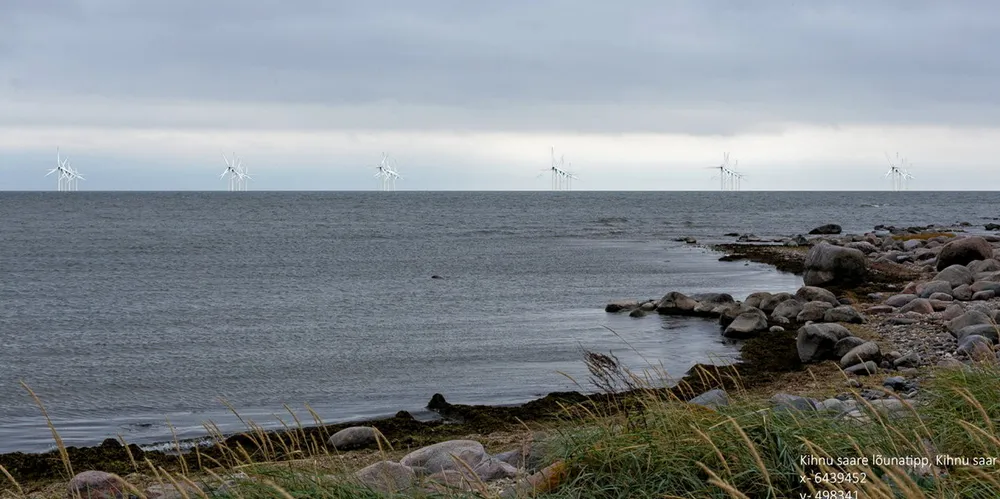Orsted-backed offshore wind giant 'could supply half Estonia's power' in Russia's shadow
Baltic utility developing 1GW cross-border complex with Danish sector pacesetter claims development would bolster energy security for entire region

A planned 1GW offshore wind farm in the Gulf of Riga could cover half of the electricity consumption of Estonia and provide energy security for the Baltic state, local utility Enefit Green said.
“Increasing production of renewable energy is critical for the environment, consumers, and national security,” said Enefit board member Margus Vals.
“The Gulf of Riga offshore wind farm plays a key role in Estonia’s energy supply and aligns with the government’s goals of green transition.
“Upon successful completion of the planning phase, the wind farm could start production as early as 2028 and cover half of the electricity consumed in Estonia. This is an effective and realistic project to produce affordable and environmentally friendly electricity on a large scale in Estonia and increase energy security for the whole region.”
The Baltic nations Estonia, Latvia and Lithuania are striving to wean themselves off energy imports from Russia, which in the wake of its invasion of Ukraine has been increasingly hostile to the countries, which used to be part of the Soviet Union.
Russia has repeatedly raised doubts about the independence of the Baltic states, which all host large Russian-speaking minorities, but are EU and NATO members and horrified about the prospect of becoming the next target of their giant neighbour's imperialism.
Offshore wind – alongside large grid interconnectors with Scandinavia – are seen as a way to replace power stations that until recently ran on fossil gas imported from Russia by pipelines.
Enefit in July has signed an agreement with BLIX Consultancy to prepare a conceptual engineering design for the Gulf of Riga project to provide technical solutions as input to an ongoing environmental impact assessment that is planned to last two years. The design project is co-financed by the EU and slated to be completed by the end of this year.
BLIX will analyse alternative wind turbine options as well as foundations, substation, and onshore solutions for the wind farm.
“We will share our more than 20 years of offshore wind development experience with Enefit and optimise the design of the Gulf of Riga offshore wind farm,” BLIX Consultancy managing director Albert van der Hem said.
“We will not only include relevant experience of recent offshore wind developments in North-West Europe and Asia, but of our recent assignments for clients in Estonia, Latvia, Lithuania, Finland and Poland.”
The Gulf of Riga project is planned to be built about 11km from Estonia’s Kihnu island in the Gulf of Riga just north of the sea border with Latvia, and expected to produce some 4.5 terawatt hours of electricity.
(Copyright)